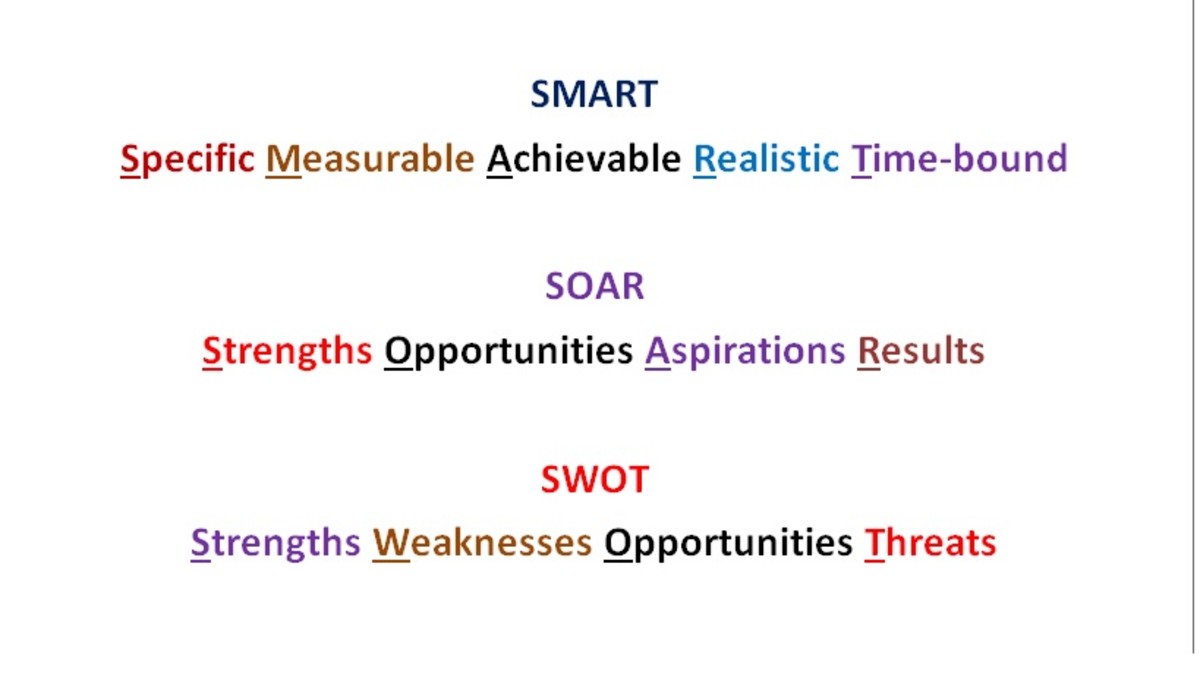The Catalyst of Organizations’ Success (First Cut)

Training and its results present immense opportunities which enable an organization to respond by providing clear-cut organizational goals and/or direction for every division or department so that its vision and mission statements not excluding their guiding core values can be aligned accordingly for every work accomplished of their employees. In effect of the customer service cycle, it never fails to satisfy a client. Training bridges the skills gap of its employees so they can perform at their best and responds to the needs of their position. It does not only enhance the skills set of an individual but also thrives to alter their ill-mindsets by modifying misbehaviour which hinders him to play his role in the company. In this means, employees realize that the organization does not only provide his monetary sustenance for his daily living but also builds his career growth for a long-term basis.
Since training can be classified as formal and informal, its means of delivery reaches every nook in the organization. The former is when the learning happens in a classroom and the latter happens for every coaching, mentoring, or counseling time given by the superior in order to optimize the performance of his staff. This brings harmonious relationship between a manager and a subordinate or even among employees because they assist one another’s learning needs as learning buddies.
Training is a pivotal key that yields positive results in responding directly to the business needs and targets of the organization, bearing the foundations of a successful talent management, talent retention management, and succession planning of its current manpower.

Training Supported by Management’s “Walk-the-Talk” Commitment: A Lasting Formula for Employees’ Career Development & Talent Retention Management
Australian Bureau of Statistics announced last September 2012 that the unemployment rate has increased by 0.3 percentage points to 5.4 percent in September 2012. The number of people unemployed was increased by 38,000 people to 662,700 in September. If you would scrutinize the reasons of these shocking data, would you hold all these unemployed people responsible for not keeping their jobs? Perhaps, you can blame it to their laziness and unwillingness to cooperate with their superiors, but on the other hand it can also be due to untapped strategy that a company should have decided long before – and that is, training. Kelly Services published one of its major findings from Kelly Global Workforce Index which was participated by an estimate of 134,000 people in 29 countries that of which includes 20,000 in Australia. The findings convey that there are more than 60 percent of individuals in today’s workforce that said that they would change their career and re-invent themselves at least once in their working life. Another cited findings from Mercer Human Resource Consulting in Australia, showed that throughout Australia and New Zealand about 25% of employees were planning on looking for a new job within the next 12 months. Thus, this means that company loyalty is already a staggering value nowadays if the company cannot provide enough career growth opportunities to their employees. This prevalent phenomenon was further explained by Penny O’ Reilly, General Manager of Kelly Services Australia, “People are already a business’s largest expense. Replacing an employee costs an employer up to three times that person’s annual wage, so constant employee turnover can quickly spiral out of control – not to mention the interruption that turnover causes to productivity.” He further stressed that, “Employees are once again demanding consideration, coaching, understanding and clear advancement opportunities. If these demands are not met, employees are showing a willingness to end the relationship.” The new breed of employees in the 21st century are more selective of which organization can they wisely invest their time on. If a CEO thinks that recruiting a right candidate is difficult, retaining hired talents is doubly more painstaking. Employees do not stay too long in an organization nowadays if they feel that their career is stagnated and wasting their time is never their option. If employees feel unhappy and stuck up in an organization, who in his right mind would still stay?
These results showed the reason why companies tend to be hesitant in providing training to their employees. Companies’ hesitation comes from the fear that they will just resign after they have completed the salient training. In effect, this would just leave the company fumbling who to train next so that it would not hamper the operation and be as competitive like the former employee who can equally address the pressing business needs. However, companies need to see that training has to be coupled with good management style to stop the escalating turnover rates of employees. Training should not be a stand-alone. You might have an outstanding formal training culture but if the managers themselves do not practice these precepts and remains to have a negative relationship with their subordinates, then the company will continue to lose its talents.









